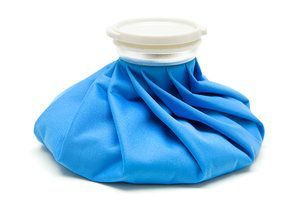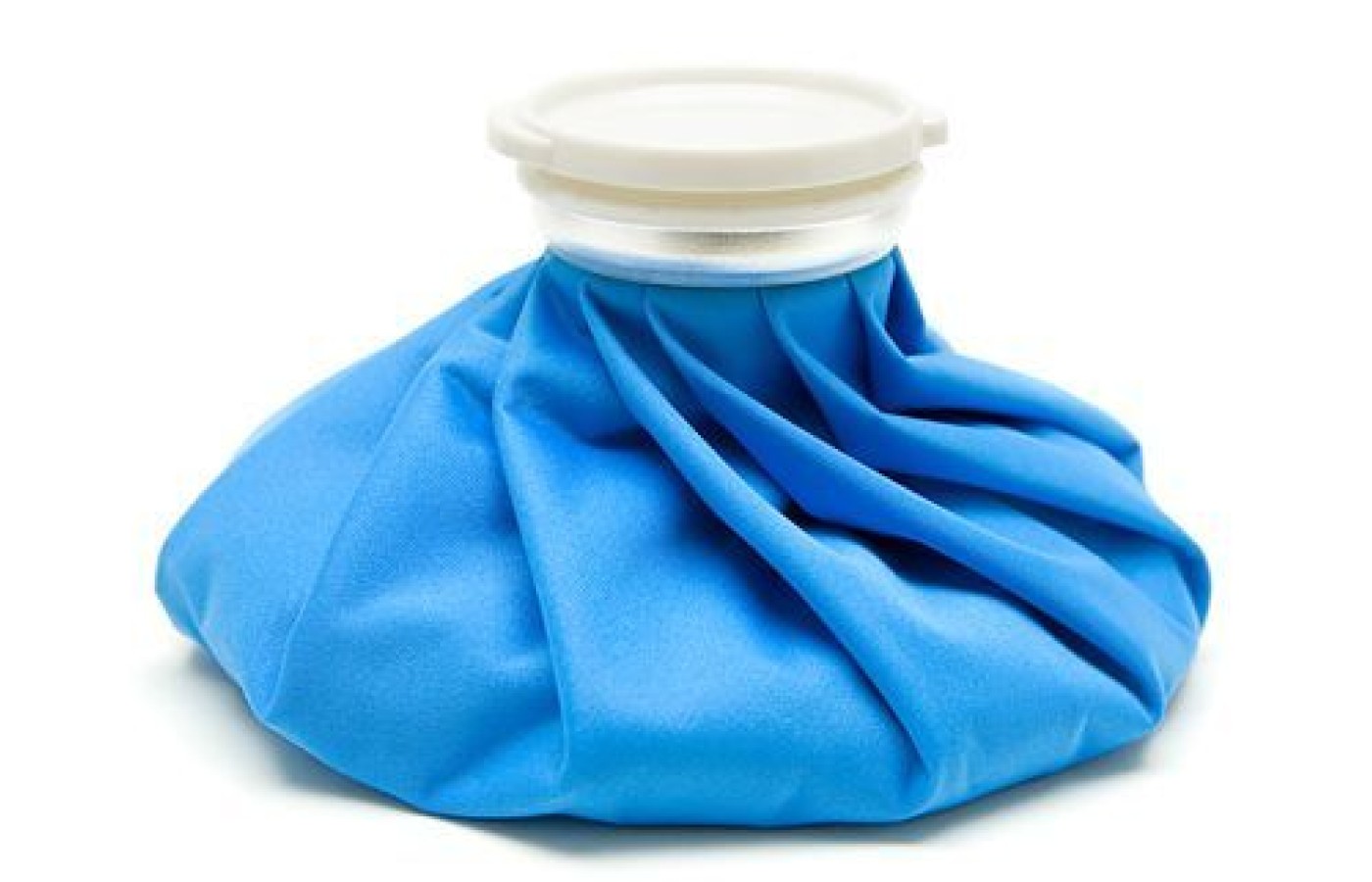Whether you accept it, avoid it or live somewhere in between, insurance coverage has become a defining issue for our profession. Patients increasingly expect to use their benefits, practitioners want to be compensated fairly for their time and expertise, and the system itself remains – at best – fragmented. The encouraging news is that coverage has expanded in meaningful ways. The challenging news is that reimbursement, across the board, remains inadequate.
Heat or Cold? Choosing the Best Option for Pain
One item of contention between practitioners of Western and Eastern medicine is whether to use heat or cold in treating an area of pain. The standard recommendation from most chiropractors, physical therapists, and physicians, for acute and sometimes chronic pain, is to apply cold to the affected area. They are told that cold reduces swelling and coached to avoid heat, as pain is typically marked by inflammation, a component of which is heat.
Temporary Relief
Cold may temporarily relieve pain, yet there are also those patients who have been given this advice and suffered needlessly as the application of cold worsened their pain. They grin and bear it because they assume the health care practitioner knows best, even as the body's wisdom presents evidence to the contrary.
As practitioners of traditional Chinese medicine, we recommend heat, even for acute injuries, and instruct our patients to avoid the use of cold. We educate our patients that heat increases circulation. Cold does the opposite, slowing down movement and impairing circulation of qi and blood. However, the conventional paradigm doesn't quite see it this way.
Swelling is the Silent Voice
In the case of an acute trauma marked with pronounced swelling, the Western response is to reduce that swelling to mitigate pain. Take for example an acute ankle sprain. Elevating the foot and icing the area does reduce the swelling and pain, but have we helped the ankle heal in the process?

Swelling occurs within the body's control and design for healing. Swelling dramatically increases surface area and circulation, allowing immune factors and repair systems to work optimally. In addition, swelling is a clear and unambiguous message from the body to rest, preventing further injury to the area. Icing the ankle to “get back in the game” is not exactly what the body is intending.
Cold Bi-Syndrome
Another problem arises with repeated use of cold over the same area. Chinese medicine posits that the cold exposure is a causative factor in one subtype of bi-syndrome. Just as surely as heat speeds up the movement of molecules and improves circulation, cold slows the movement of molecules (as observed when water forms into ice), resulting in a congealing of blood and qi that predisposes one to cold bi-syndrome.
This concept was driven home early in my career when a man in his 50s presented with a conventional diagnosis of left ankle arthritis. As a high school football player, he sustained multiple sprains to this ankle and was treated with prolonged soaks in ice baths before returning to the field.
Acupuncture was helpful to treat his chronic pain but the addition of heat therapy to the ankle greatly accelerated his healing. From the traditional Chinese medicine viewpoint, circulation in this gentlemen was impaired by cold to the point that arthritis appeared in that joint around middle age. Using heat to “chase out” the cold proved to be the most effective therapy.
Is There Heat In Inflammation?
Finally, the conventional notion to avoid external warmth in the presence of inflammation, as if it would somehow add to (or outright cause) inflammation, is absurd. If heat caused inflammation, people would exit from a sauna riddled with pain.
Our bodies turn up the heat in the form of acute inflammation to help repair tissue. Chronic low-grade inflammation is a separate pathological process that must be treated internally and systemically with proper pattern differentiation.
Does the Cold Heal?
Beyond our traditional viewpoint, research evidence within biomedicine suggests that cold on soft tissue injuries is indeed efficacious for pain relief but offers questionable benefit to help heal the area.
Ultimately, the best advice is to encourage our patients to trust their bodies and utilize the strategy that feels best. There may be times when cold feels better and can hasten healing, particularly with the hydrotherapy principle of alternating hot and cold, but I would argue that those instances in which cold alone is best are few and far between.
In consulting with patients, most will be using cold and not enjoying the experience, only to report that a hot shower alleviates their pain and relaxes the area. Guiding our patients to listen to their bodies and educating them about the long-term risks of repeated cold exposure sets us apart, both as practitioners of traditional medicine and inheritors of traditional healing wisdom.
References
- Bleakley C, McDonough S, MacAuley D. "The use of ice in the treatment of acute soft-tissue injury: a systematic review of randomized controlled trials." Am J Sport Med, 2004; 32:251-261.



